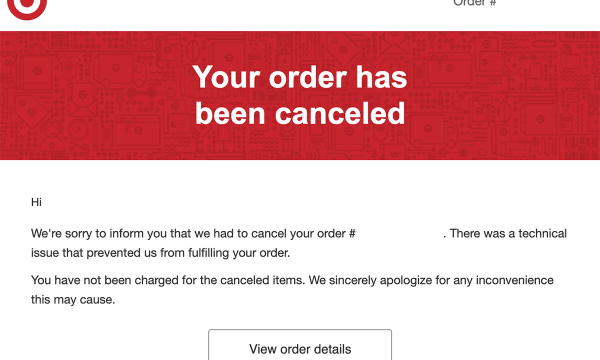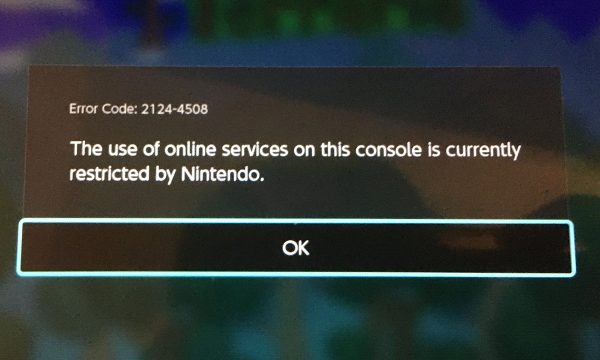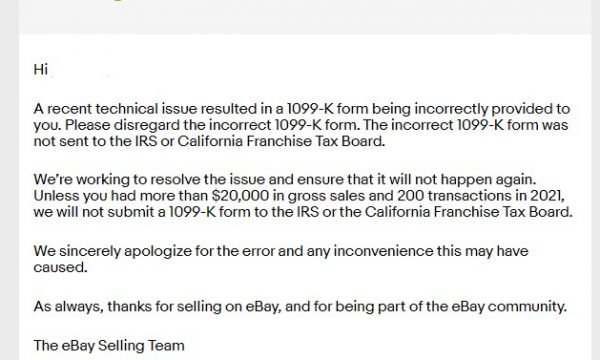How many times can you chargeback before getting in trouble?
What is a chargeback?
A chargeback is a process that allows a customer to dispute a transaction on their credit or debit card statement and request a refund from their bank or card issuer. The process typically starts when a customer contacts their bank or card issuer to report a problem with a transaction, such as a dispute over the quality of goods or services received, or if they believe that a transaction was unauthorized or fraudulent.
When a customer initiates a chargeback, the bank or card issuer will investigate the claim and determine whether it is valid. If the bank or card issuer determines that the chargeback is valid, the funds for the disputed transaction will be withdrawn from the merchant’s account and returned to the customer. The merchant will also typically be assessed a chargeback fee.
It’s important to note that chargebacks are a serious matter and can have a negative impact on a merchant’s account, merchants should always try to resolve disputes with their customers directly before they escalate to chargebacks. Also, chargebacks are a way for customers to protect themselves from fraud or unauthorized transactions, it’s one of the consumer protection measures available for credit and debit card holders.

How does a chargeback work?
A chargeback is a process that allows a customer to dispute a transaction on their credit or debit card statement and request a refund from their bank or card issuer. The process typically starts when a customer contacts their bank or card issuer to report a problem with a transaction, such as a dispute over the quality of goods or services received, or if they believe that a transaction was unauthorized or fraudulent.
Once the customer initiates a chargeback, the bank or card issuer will investigate the claim to determine whether it is valid. The bank or card issuer will then notify the merchant’s acquiring bank of the chargeback.
The merchant’s acquiring bank will then investigate the claim and may request additional information from the merchant, such as proof of delivery or a copy of the customer’s receipt. The acquiring bank may also request a response from the merchant to refute the customer’s claim.
If the acquiring bank determines that the chargeback is valid, the funds for the disputed transaction will be withdrawn from the merchant’s account and returned to the customer. The merchant will also typically be assessed a chargeback fee.
If the acquiring bank determines that the chargeback is invalid, the dispute will be closed in the merchant’s favor, and the funds will not be withdrawn from the merchant’s account. However, the merchant will still be assessed a chargeback fee.
It’s important to note that chargebacks are a serious matter and can have a negative impact on a merchant’s account, merchants should always try to resolve disputes with their customers directly before they escalate to chargebacks.
What happens when a customer does a chargeback?
When a customer initiates a chargeback, the merchant’s acquiring bank will first investigate the claim to determine whether it is valid. If the bank determines that the chargeback is valid, the funds for the disputed transaction will be withdrawn from the merchant’s account and returned to the customer.
Additionally, the merchant will typically be assessed a chargeback fee, which can vary depending on the merchant’s agreement with their acquiring bank. The merchant will also lose the merchandise or services provided to the customer.
If the acquiring bank determines that the chargeback is invalid, the dispute will be closed in the merchant’s favor, and the funds will not be withdrawn from the merchant’s account. However, the merchant will still be assessed a chargeback fee, which is non-refundable.
It’s important to note that chargebacks can have a negative impact on a merchant’s account and can lead to additional fees, increased scrutiny, or even termination of the merchant’s account.
How many chargebacks is too much?
The number of chargebacks that is considered “too much” can vary depending on the industry and the specific merchant. However, generally, a chargeback ratio (the number of chargebacks as a percentage of total transactions) above 1-2% is considered high and may result in a merchant being placed in a higher risk category by their acquiring bank or payment processor. This could lead to additional fees, increased scrutiny, or even termination of the merchant’s account.

Would I go to jail if I do too many chargebacks?
It is unlikely that you would go to jail solely for a high number of chargebacks, as chargebacks are a civil matter rather than a criminal one. However, committing fraud through chargebacks, such as falsely disputing a legitimate charge, could be considered a criminal offense and could result in legal consequences, including imprisonment. Additionally, if a merchant is found to have engaged in fraudulent activities, such as creating fake chargebacks, they may face criminal charges.
It’s important to note that merchants should always be truthful when filing chargebacks and should follow the proper procedures and rules set out by the payment networks and their acquiring bank.





